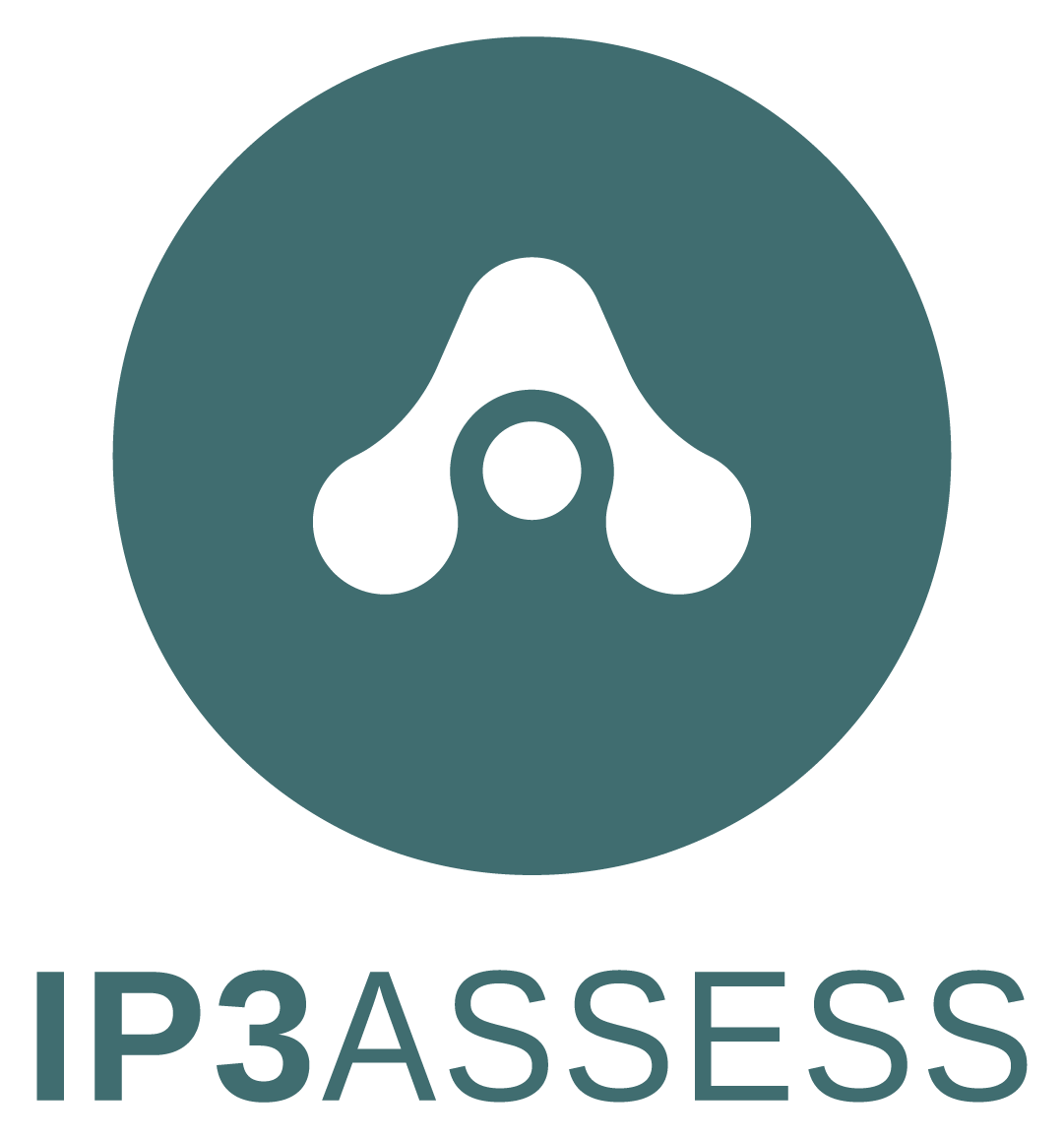New on IP3 ASSESS: Updates to the Vital Conditions framework
IP3 has a suite of data frameworks available to IP3 ASSESS users. Each year, the IP3 data team completes a comprehensive audit of our data frameworks to ensure the structure of each framework and confirm the indicators comprising each domain effectively capture the essence of the domain, and are populated by the most relevant, recent, granular, and high-quality data available. We recently made some key updates to one of our core data frameworks used on the platform—the Seven Vital Conditions for Well-Being framework. (Learn more about our process at the bottom of this page.)
In 2024, we worked with our long-time partners at Rethink Health on the State of the Movement for Thriving Together project. While we have collaborated for years to curate the Vital Conditions data framework on IP3 ASSESS, the recent State of the Movement project provided an opportunity to dive in deep with Rethink’s team and conduct a thorough indicator review and updated selection. Highlights include new health-related social needs data from PLACES and advancing a more asset-based approach when possible, reflected in both the indicator name and the benchmark scoring direction.
Alongside our annual review process, the work resulted in the following updates. (You can always view the current full list of indicators in the Vital Conditions framework that are available on IP3 ASSESS on this page. )
Belonging and Civic Muscle
Changed Disconnected Youth to Connected Youth, In School or Working
Added Social and Emotional Support
Added Public Land
Added Volunteering
Basic Needs for Health and Safety
Changed Current Smokers to Does Not Currently Smoke Cigarettes
Changed Food Insecurity to Food Security
Updated the source for Injury Deaths
Updated the source for Property Crime
Updated the source for Violent Crime
Removed Grocery Stores
Removed Premature Death
Removed Life Expectancy
Removed Breast Cancer Screening
Removed Deaths due to All Causes
Humane Housing
Added Students Experiencing Homelessness
Added Housing Insecurity
Added Housing Prices
Removed Eviction Filings
Changed Overcrowded Households to Not Overcrowded Households
Lifelong Learning
Added School Segregation
Added Equity in School Funding
Added Adult Literacy
Added Adult Numeracy
Meaningful Work and Wealth
Added Economic Volatility
Added Living Wage
Changed Children Living in Poverty to Children Not Living in Poverty
Changed High Housing Costs to Affordable Housing Costs
Replaced Poverty, 100% with Poverty, 200%
Replaced Income Inequality 80/20, with Income Inequality, Gini Index
Replaced Absolute Upward Mobility with Economic Connectedness
Replaced Subprime Credit with Has Debt in Collections
Removed Annualized Job Growth
Removed Public Assistance
Removed Segregation of Poverty
Removed High-paying Jobs
Removed Income Segregation
Removed Equity in School Funding
Removed Segregation of Affluence
Reliable Transportation
Added Reliable Transportation
Added Vehicle Access
Thriving Natural World
Added Parks
Removed Public Land (moved to Belonging and Civic Muscle)
Removed Proximity to Highways
Removed Road Network Density
Removed Climate Related Mortality
IP3’s annual data framework update process entails:
A scan of the current data landscape: IP3 will ensure domain relevance and confirm whether any domains should be added or archived
An assessment of indicator recency: indicators are evaluated to determine whether and when an update will be available from the original data source. If an update is not forthcoming and data are getting out of date, IP3 may elect to archive the indicator.
An assessment of indicator availability: IP3 keeps a close eye on the data landscape and will consider updating domains to include new data when it becomes available.
An assessment of indicator balance: IP3 monitors indicators within framework domains to consider the number of indicators in each domain and framework and ensure sufficient balance across domains.
An assessment of alignment with other data models: occasionally, it makes sense for IP3 to consider aligning domains and indicators with field practices.
An assessment of community feedback: domains and indicators may be updated, removed, or renamed, based on feedback received from the IP3 ASSESS community of users.

